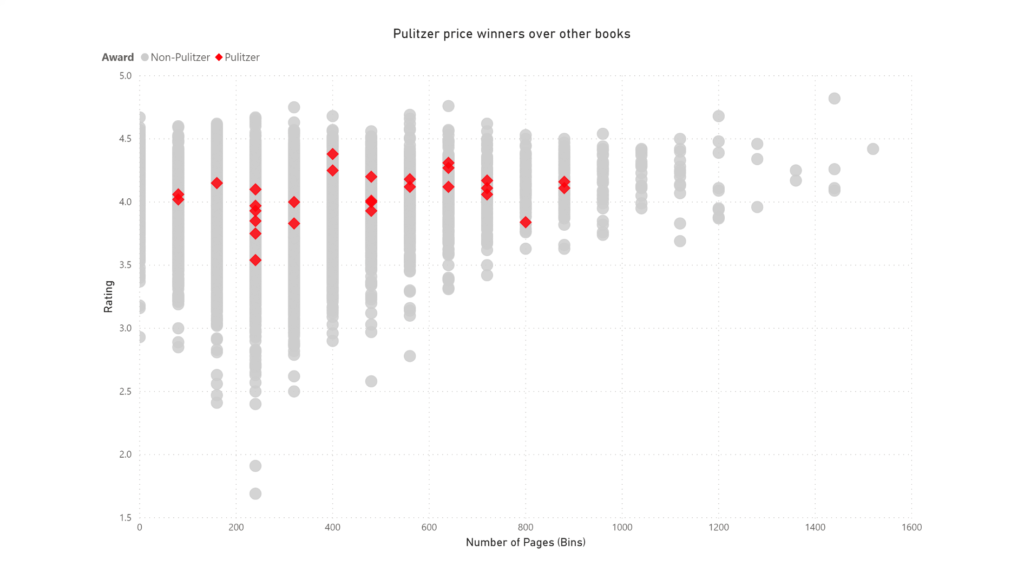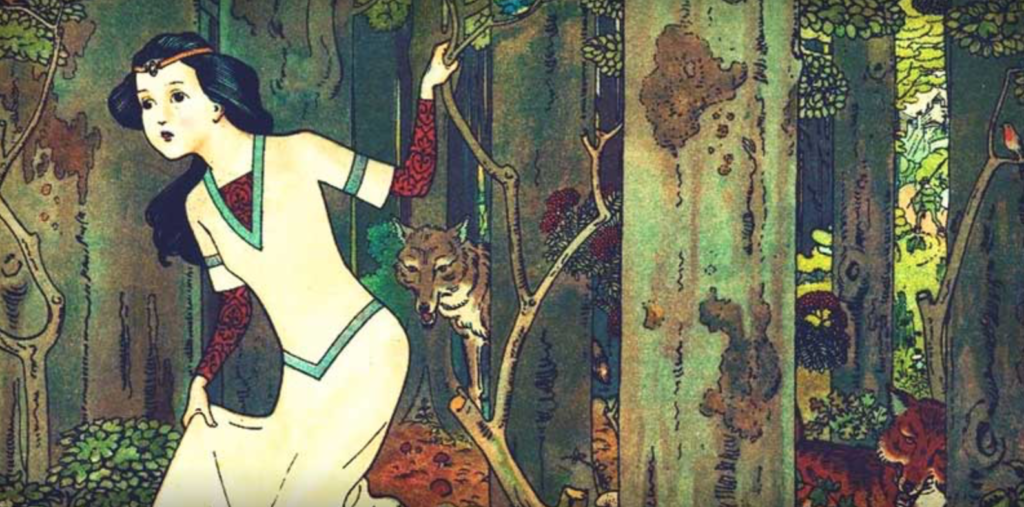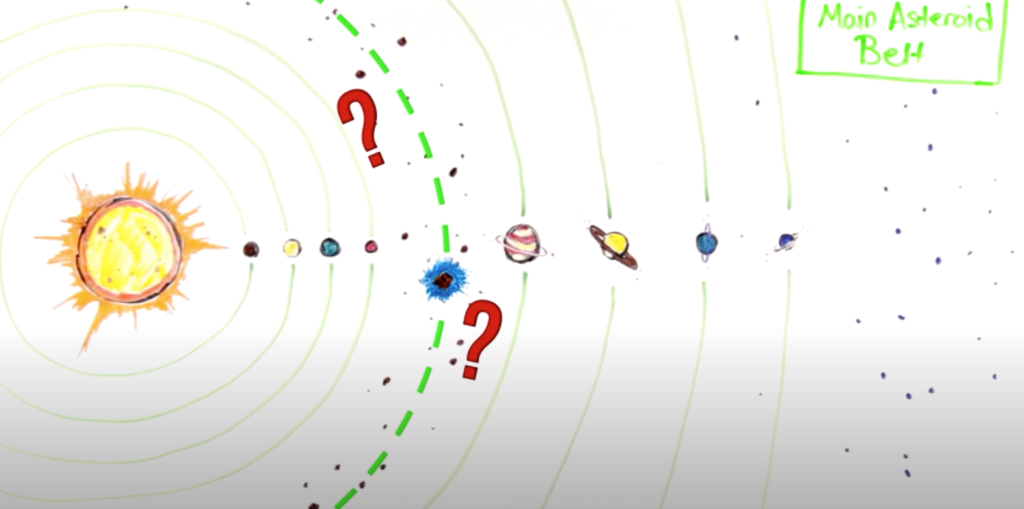This week’s Curiosity Box has
- Can you juxtapose Pulitzer Prize winners with other books?
- What is the story behind a fairy tale?
- How and why do space agencies track Asteroids and Comets?
1. Pulitzer prize winners vs the rest:
Last week, a simple analysis revealed that a book that has 200 to 400 pages is most sought after by both authors and readers. But sometimes art and artists are difficult to judge by popular opinion.
In the literary world, the Pulitzer Prize is one of the highest honour an author can get. Every year, a selected jury and a board of members decide who the winners are across a range of categories. So I decided to juxtapose these books with the rest.

Intriguing enough, the condition that was true for all the books does not hold true for Pulitzer Prize winners. There are more books above the 400 pages mark, and those books have a higher rating in GoodReads.
A Pulitzer prize winner that I am reading at the moment is Black Flags: Rise of ISIS
The graph shows books published from 2000 to 2008 and the categories I looked into from the Pulitzer website were Fiction, General Non-Fiction, History, Drama, and Biography.
2. Fairy Tales
I am not only a fan but also an advocate for fairy tales, especially the movies. I grew up watching Disney’s films, then progressed to include Pixar’s, and now I have a new addition to the list – Studio Ghibli’s. The rise of such movies started in the 1900s and are well ingrained in every child’s upbringing.
What makes these stories fascinating is when you dig deep to find their origin. The roots of some of the most common fairy tales go as far as 4000 to 6000 years ago. Surprisingly, these fairy tales for kids to teach good morals were initially intended for adults. I first heard my professor say this, but I never truly believed him until I did the research myself.
Unlike the present fairy tales we know of, the original stories are filled with murder, hatred, sinister views, and does not necessarily have a happy ending. In my opinion, some stories beat Game of Thrones’ level of gore.

3. Asteroids and Comets – How do you constantly keep track of them?
The last couple of weeks there was a comet called NEOWISE that zoomed passed Earth. The same comet will come back again in 6,766 years.
There are 989,246 asteroids and 3653 comets known to us. And everyone in the Astro world knows that they are more out there. What makes asteroids and comets unique and special are that they hold answers to a lot of questions related to the origin of the universe. Hence space agencies like to keep track of them. The other reason to keep track of them is to make sure that they don’t collide with Earth.
The challenge comes when you try to keep track. Some asteroids pass Earth every 1.2 years, and some take unto 75,000 years.
And the process to keep track of these asteroids is very simple. A satellite or a telescope takes pictures of the sky. And two images are compared. If there is a dot that is moving, then that is an asteroid, and they now know the path and can keep track of it.
And with this process, the NEOWISE station has accounted for hundreds of comets and asteroids.

Missed reading this article. The fairy tales information abruptly ended…do write more facts on it…good work !!!